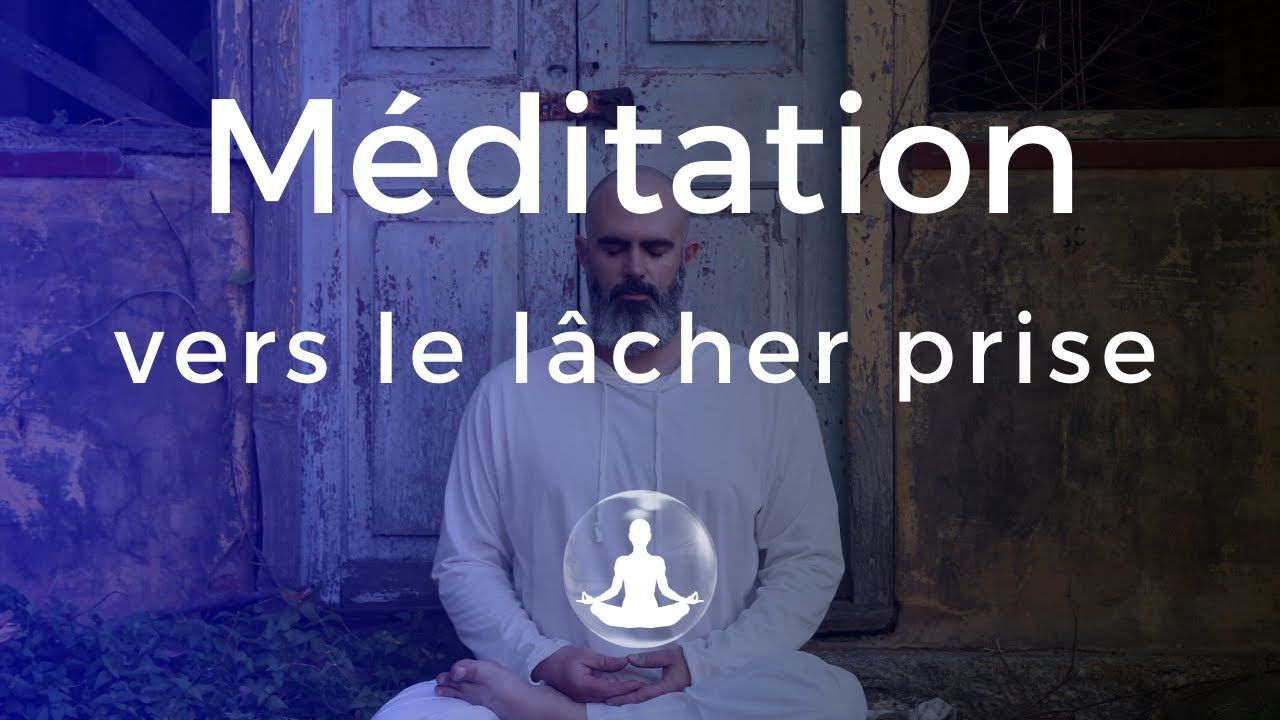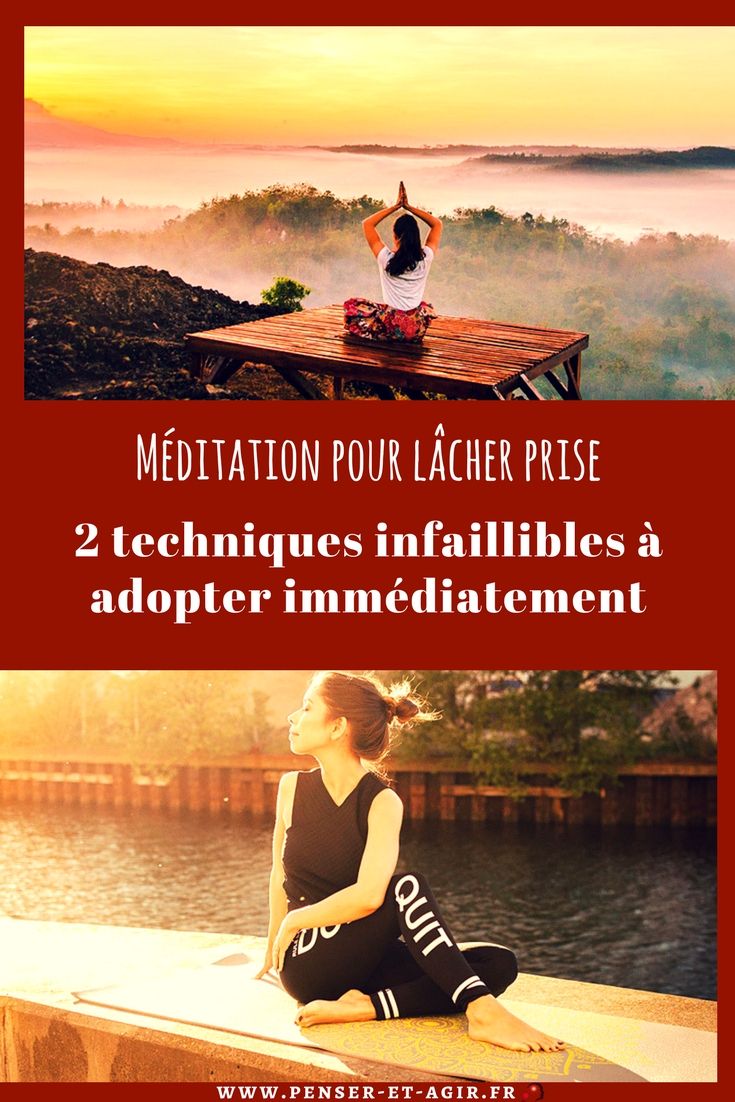Easy Meditation for Letting Go

In the hustle and bustle of everyday life, it’s easy to get caught up in our thoughts, emotions, and worries. This can lead to stress, anxiety, and a feeling of being overwhelmed. Meditation can be a powerful tool for letting go of these negative emotions and finding a sense of peace and calm.

Here is a simple meditation for letting go:

- Find a comfortable position. Sit in a chair with your feet on the floor, or lie down on a yoga mat or bed. Make sure your spine is straight and your shoulders are relaxed. Close your eyes and take a few deep breaths.
- Focus on your breath. As you breathe in, say to yourself, “I am letting go.” As you breathe out, say to yourself, “I am releasing.” Continue to focus on your breath and repeat these phrases silently to yourself.
- Notice your thoughts and emotions. As you meditate, you may notice thoughts and emotions arising in your mind. Simply observe these thoughts and emotions without judgment. Don’t try to push them away or change them. Just let them be there.
- Return to your breath. If you find yourself getting caught up in your thoughts or emotions, gently bring your attention back to your breath. Continue to focus on your breath and repeat the phrases “I am letting go” and “I am releasing.”
- Meditate for as long as you like. There is no right or wrong amount of time to meditate. Start with a few minutes each day and gradually increase the amount of time you spend meditating as you become more comfortable.
The key to letting go is to allow yourself to feel whatever emotions come up without trying to judge or change them. Simply breathe into the emotions and let them be there. Over time, you will find that the emotions will start to dissipate and you will feel a sense of peace and calm.
Meditation is a practice that takes time and effort. Don’t get discouraged if you don’t feel a difference right away. Just keep practicing and you will eventually start to see the benefits.[Méditation facile pour lâcher prise]
Executive Summary
The practice of meditation can be a profound tool to help you let go of stress and anxieties, connect with your inner self and find a sense of peace. This article provides a comprehensive guide to simple, beginner-friendly meditation techniques that can help you navigate difficult emotions and situations with greater ease and awareness.
Introduction
Meditation, a practice that can be embraced by individuals from all walks of life, invites us on a journey of self-discovery and profound relaxation. It offers a sanctuary away from the relentless distractions of our fast-paced world, allowing us to reconnect with the depths of our being and find solace in the present moment.
1. Finding a Peaceful Space
Preparing a Sacred Space:
- Choose a quiet, serene corner of your home or a tranquil spot in nature.
- Minimize distractions by turning off electronic devices and closing curtains.
- Decorate the space with calming elements like candles, soft music, or soothing fragrances.
Adopting a Comfortable Position:
- Sit upright in a chair with your feet flat on the floor and your back straight.
- If sitting on the floor is preferred, cross your legs comfortably or kneel in a kneeling position.
- Ensure your posture is relaxed, without unnecessary tension.
2. Calming Your Body and Mind
Deep Breathwork:
- Close your eyes and focus on your breath.
- Slowly inhale through your nose and exhale through your mouth, allowing your belly to rise and fall.
- Pay attention to the sensation of air moving in and out of your lungs.
Body Scan Meditation:
- Mentally scan your body, starting from the toes and moving upwards.
- Focus on each body part, releasing any tension or tightness.
- Relax and soften each muscle as you progress through your body.
3. Quieting Your Mental Chatter:
Mindfulness Meditation:
- Bring your attention to the present moment.
- Observe your thoughts, sensations, and emotions without judgment.
- Acknowledge these thoughts without getting caught up in them.
Mantras and Affirmations:
- Choose a calming mantra or positive affirmation that resonates with you.
- Repeat the mantra or affirmation silently to yourself during meditation.
- Allow the words to wash over you, soothing your mind.
4. Connecting with Your Inner Self:
Visualization Meditation:
- Visualize a serene setting like a tranquil beach or a lush forest.
- Engage your senses by imagining the sights, sounds, and smells of this place.
- Immerse yourself in this visualization, allowing it to calm your mind.
Gratitude Meditation:
- Reflect on the things you are grateful for.
- Think about people who have made a positive impact on your life.
- Appreciate the small joys and blessings in your everyday experiences.
5. Integrating Meditation into Your Daily Routine:
Short and Frequent Sessions:
- Start with short sessions of 5-10 minutes each day and gradually increase the duration.
- Make meditation a consistent part of your daily routine to reap its long-term benefits.
Choosing the Right Time:
- Experiment with different times of the day to find what works best for you.
- Some prefer meditating early in the morning, while others find solace in evening sessions.
Conclusion
By embracing the practice of meditation, you embark on a journey towards greater self-awareness, emotional well-being, and a newfound sense of calm in a world that often feels chaotic and overwhelming. Whether you’re seeking to manage stress, improve focus, or simply find moments of tranquility, meditation offers a transformative tool that can profoundly impact your life.
Keyword Phrase Tags:
- Meditation for Beginners
- How to Let Go and Relax
- Mindfulness and Stress Reduction
- Meditation Techniques for Anxiety
- Mindful Living

